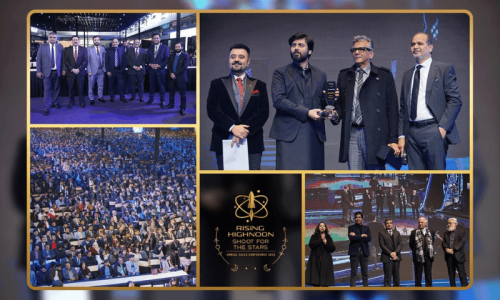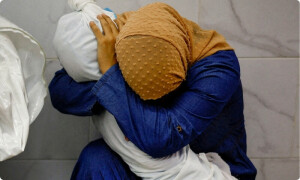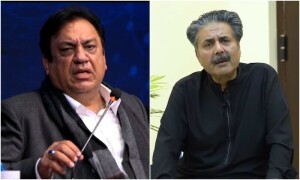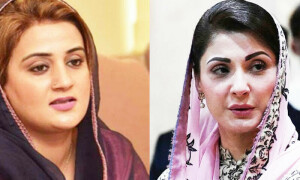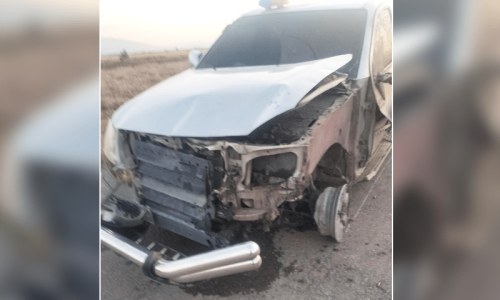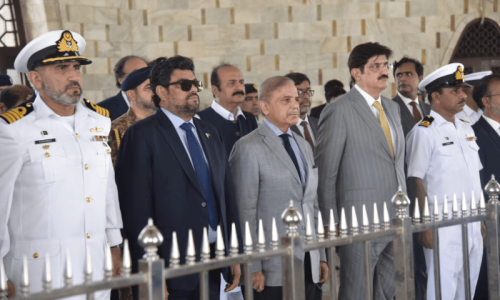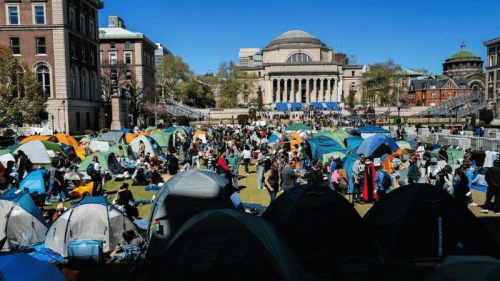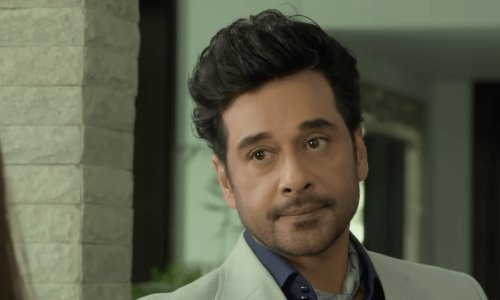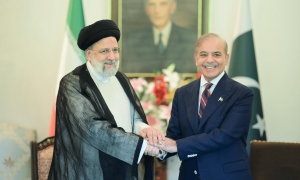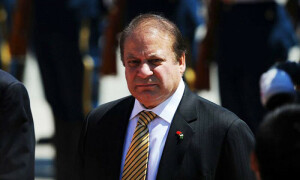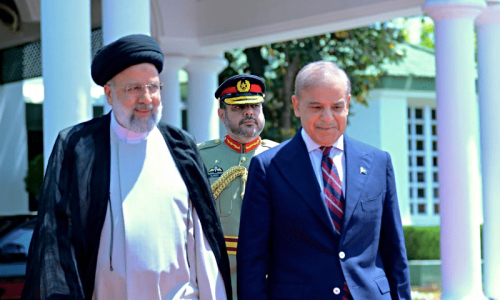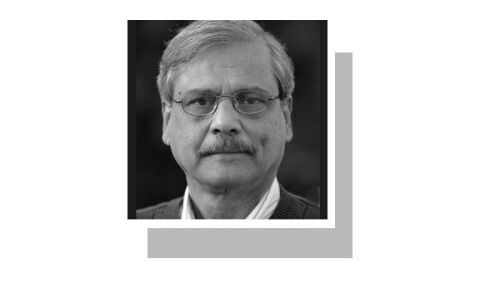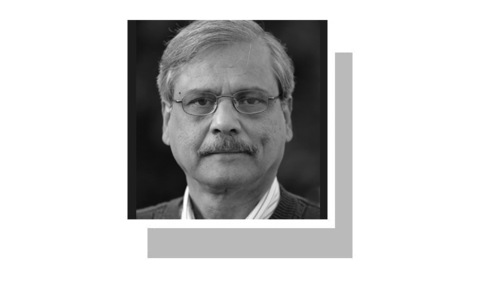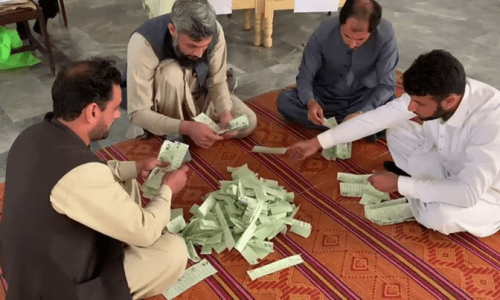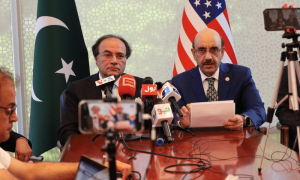'Not expecting this reaction': Wani's killing fuels renewed anger in Kashmir

SRINAGAR: When Indian forces announced last week that they had killed top Hizbul Mujahideen commander Burhan Wani, they called it a major victory in the fight against militants in India-held Kashmir (IHK).
They clearly didn't expect the backlash that followed — an outpouring of public anger, daily protests and dozens dead in the streets.
The killing of Burhan Wani drew tens of thousands to rise up and renew demands for freedom from Indian rule. Wani was born in the southern town of Tral and was a teenager in 2010 when his older brother was beaten by troops on patrol near their home. Shortly after, he joined Hizbul Mujahideen and eventually became the iconic face of Kashmir's militancy.
At least 29 people have died in subsequent clashes and hospitals are struggling with hundreds of injured.
Each day this week has brought a new surge of resistance by young, rock-throwing protesters in jeans and bandanas defying curfews to face down Indian troops firing live ammunition, pellet guns and tear gas.
Officials worry that they've unwittingly revived a rebellion that may be hard to control.
"We were not expecting this huge public reaction," said a top security official engaged in counterinsurgency operations, speaking on condition of anonymity as he was not authorised to speak to reporters. "It's disturbing."
Wani had been hidden by villagers at least half a dozen times before, as have other anti-India separatists, when soldiers zeroed on their hideouts in villages in the southern parts of the region, according to security officials and local residents.
When news spread that Indian troops had killed him and two other militants Friday night, the response was immediate: Tens of thousands of angry youths poured out of their homes in towns and villages, hurling rocks and bricks and shouting at Indian troops in the streets.
Authorities imposed a 24-hour hour curfew, but still protesters attacked military and paramilitary installations, burned several police stations and some homes belonging to police and pro-India politicians.
Prime Minister Narendra Modi, having just returned from a four-nation tour in Africa, called a high-level government meeting to discuss how to restore peace.
Indian authorities said Monday they had sent at least 2,000 more law enforcement troops to the mountainous region, where hundreds of thousands already are deployed permanently.




